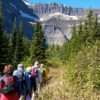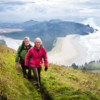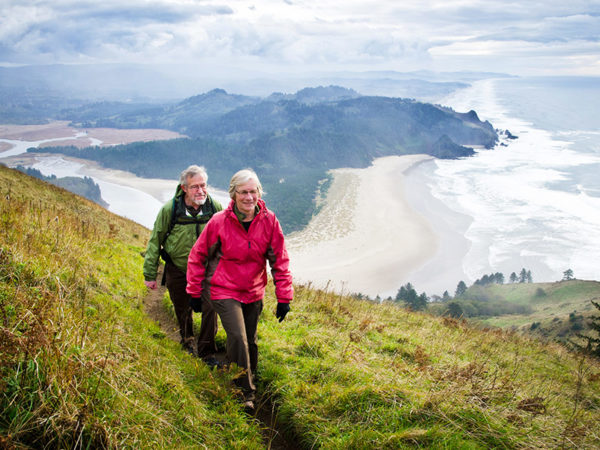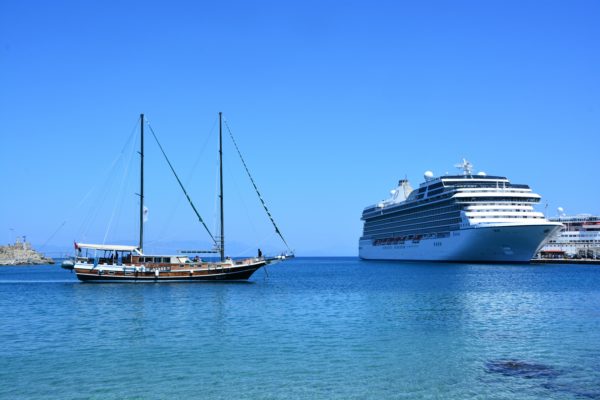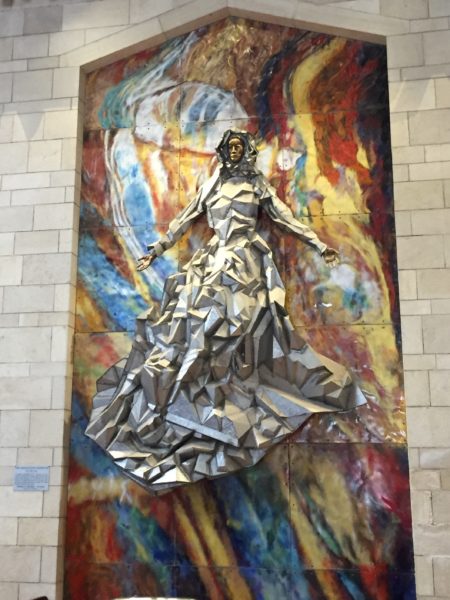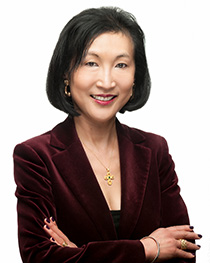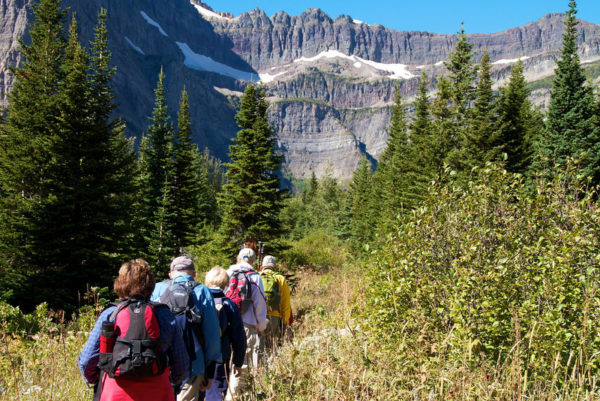
I recently conducted an interview with a freelance journalist who was drafting an article on the latest boomer-travel trends for publication in a newsletter for Manulife Financial. I told her that wellness and slow travel will become a major trend for this demographic for the next decade or so.
According to the Canadian Tourism Research Institute (CTRI), an offshoot of the not-for-profit Conference Board of Canada, baby boomers will be the main pleasure-travel market over the next 10 years, spending more than CDN$35 billion annually. Because boomers are healthier and living longer than their parents, they want to maintain their good health to enjoy life and their new-found freedom after retirement. This explains why they want wellness and fitness programs, not only in their daily lives, but also when they travel.
Research by the Global Wellness Institute (GWI) confirms that wellness is one of the world`s fastest-growing, most resilient markets – clocking double-digit growth while the global economy shrank by -3.6 percent. According to data released by GWI in October 2016, the global wellness industry grew 10.6 percent in the last two years, from a US$3.36 trillion market in 2013 to US$3.72 trillion in 2015. Among the 10 wellness sectors analyzed, fitness and mind-body (+21 percent), and wellness tourism (+14 percent) were among the top five fastest-growing from 2013 to 2015. Wellness tourism now accounts for 15.6 percent of total tourism revenues – amounting to almost one in six of total tourist dollars spent. One of the major contributors to this growth is the baby boomers who are seeking experiences rooted in meaning, purpose, authenticity and nature.
Wellness incorporates fitness, mental and physical health improvement, as well as eating healthy. Over the past decade, boomers are looking for healthy hotels, wholistic cruises, hiking, cycling, mindfulness and yoga retreats, medical tourism and more. Everyday commitments, particularly for those who are still working, prevent boomers from participating in fitness activities or attaining health goals. So, vacations focusing on wellness – adventure, exercise, self-improvement or volunteerism – become more and more compelling.
I always remind people that due to the almost 20-year-gap between the youngest Canadian boomers born in 1966 to the oldest ones born in 1947, we cannot lump all boomers together. For the younger boomers, who are probably still working, exercise, fitness and cycling vacations may be more appealing. According to Forbes Magazine, slow-travel programs that bring people to national parks and forests for one- or two-week guided backpacking adventures seem to be an ideal exercise and fitness vacation for younger boomers who want to unplug, de-stress and recharge. Canada`s Fitz and Fowell based in Montreal and Cycle Treks in Victoria, B.C., also offer cycling tours, whale watching, culinary tours or a seaside trek.
For the older boomers, also called leading-edge boomers, mindfulness or yoga retreats may be the way to go. The Omni La Costa Resort and Spa in Carlsbad, California, which also houses the Chopra Center for Wellbeing, helps groups incorporate wellness into their workplace and personal lives. Mindfulness, offered by Miraval Resort and Spa in Tucson, Arizona, includes programs that cover healthy lifestyle changes, self-discovery and transformation. Apart from spas, more and more hotels are joining the wellness bandwagon. Westin Hotels recently launched a US$15 million well-being campaign for both employees and guests to smile and listen more, worry less and sleep better.
Although cruise lines have recently begun to lure millennial travellers, boomers remain their most stalwart customers. Celebrity Cruises emphasizes on well-being centred on mind, body and spirit. The cruise line has a special program dedicated to seven different types of yoga. Passengers can also enjoy other fitness classes such as Pilates, indoor cycling as well as personal training focusing on blood pressure, bone health and more. With the current huge interest in ballroom dancing, cruise lines such as Cunard and Crystal receive accolades on their devotion to ballroom dancing. Professionals teach waltz, tango, samba and other dances during the day, and passengers can practice their moves at themed formal balls held in the evenings. Crystal also provides gentlemen hosts present on every cruise to make sure single ladies do not turn into wallflowers.
Oceania, Regent Seven Seas and Cunard`s Queen Mary 2 all integrate the Canyon Ranch Spa dining menu on board. Each cruise line offers the specialty spa cuisines in select restaurants throughout their ships. The menu includes organic foods and dishes high in protein, fibre and healthy fats, as well as vegetarian options.
In addition to ocean cruise vacations, leading-edge boomers are also increasingly attracted to river cruises which offer slow and leisurely travel. A Rhine or Danube river cruise offers passengers cycling tours through the countryside and cities, or even encourages cruisers to ride along the river, catching up with the ship in the next port. River cruises also offer culinary cooking classes which can include a visit to the local market with the chef, shopping for fresh seafood and produce at ports of call.
Last, but not least, solo travel has become a growing trend. Whether they have just lost a loved one or going through a divorce, boomers refuse to stop travelling. According to Visa`s Global Travel Intention Study 2015, the number of affluent adults, who vacation on their own, has more than doubled to 32 percent, up from 14 percent in 2013. Travel companies, cruise lines and the wellness industry are already adjusting their travel offers to better accommodate solo travellers.
With longer lifespans and a greater emphasis on health and fitness, boomers will continue to be interested in wellness travel for many more years to come. Marketers and the travel industry stand to win big if they pay greater attention to and focus more efforts on offering new and meaningful experiences for this affluent demographic.

